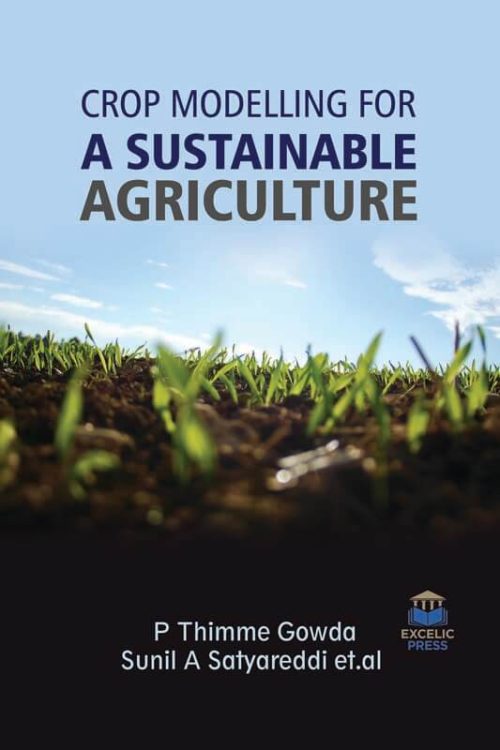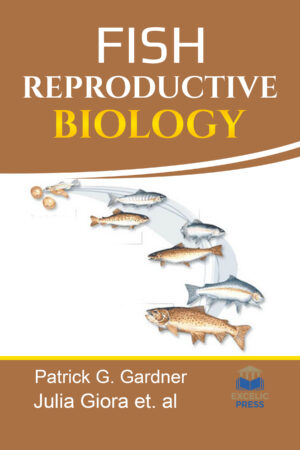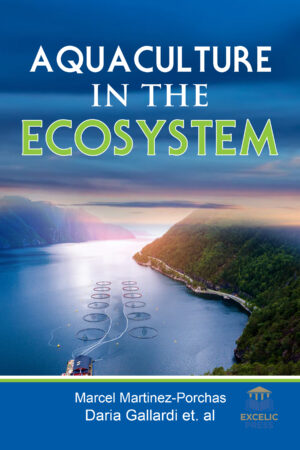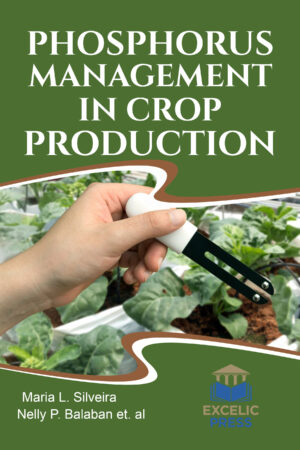Description
Expected increases in food demand and the need to limit the incorporation of new lands into agriculture to curtail emissions, highlight the urgency to bridge productivity gaps, increase farmers profits and manage risks in dryland cropping in the context of required yield increases while reducing fertilizer, water, and pesticide inputs have created an increasing demand for agronomic knowledge and enhanced decision support guidelines, which are difficult to obtain on spatial scales appropriate for use in a multitude of global cropping systems. Nowadays crop models are increasingly being used to improve cropping techniques and cropping systems.
The greatest use of crop/soil models so far has been by the research community, as models are primarily tools for organizing the knowledge gained in experimentation. However, there is an urgent need to make the use of models in research more relevant to problems in the real world and find effective means of dissemination of results from work using models to potential beneficiaries. Nevertheless, crop models will be used for a good vary of applications. As analysis tools, model development and application will contribute to spot gaps in our data, therefore, Facilitative additional economical and targeted analysis coming up with.
The present book gives an overview of the current knowledge and use of crop models and addresses the problems associated with these methods. The use of crop growth models for decision support in terms of yield variability, fertilizer and irrigation strategies will be discussed and also focuses on the currently available modeling techniques and addresses the necessary future research areas in this context. The book further reveals on greenhouse crop transpiration modeling. It also intends to present the parameters affecting greenhouse crop transpiration and the existing models for greenhouse crop transpiration simulation. In the first paragraphs of the chapter, the importance of crop transpiration on greenhouse microclimate and on the crop is presented and discussed. Presentation, analysis, and discussion of the parameters affecting greenhouse crop transpiration and the thermal and hydrological negative feedback effects follow. Finally, the existing models for greenhouse crop transpiration simulation are presented and discussed.
This book will serve as a valuable guide to students and practitioners working in the agricultural field and, moreover, may provide new concepts and starting topics for future researches.





